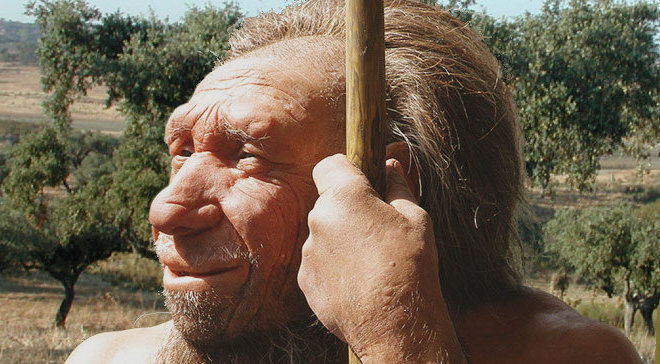Project Description
 The pattern of dispersal
of modern humans in Europe and the
nature of interactions with local Neanderthal populations are still
poorly understood processes. The prevailing view is that anatomically
modern humans (AMHs) first entered Europe from the east about 45,000
years Before Present (B.P.) and traveled westward in an initial,
colonising phase during which time they may have come into contact with
Neanderthal populations. The duration and nature of interactions
between AMHs and Neanderthals are still hotly debated topics (e.g.,
Stringer & Davies 2001, D’Errico et al. 1998, Klein 1999). This
is particularly true in the Iberian Peninsula, which is emerging as a
key region for the study of the dynamics of hominid population
replacement during the Late Pleistocene.
The pattern of dispersal
of modern humans in Europe and the
nature of interactions with local Neanderthal populations are still
poorly understood processes. The prevailing view is that anatomically
modern humans (AMHs) first entered Europe from the east about 45,000
years Before Present (B.P.) and traveled westward in an initial,
colonising phase during which time they may have come into contact with
Neanderthal populations. The duration and nature of interactions
between AMHs and Neanderthals are still hotly debated topics (e.g.,
Stringer & Davies 2001, D’Errico et al. 1998, Klein 1999). This
is particularly true in the Iberian Peninsula, which is emerging as a
key region for the study of the dynamics of hominid population
replacement during the Late Pleistocene.
Goals
The goals of the SRDS project are:
- To systematically collect site location information for the Middle and Upper Palaeolithic periods in Alentejo province (southern Portugal);
- model settlement patterns in the target region, testing for differences in land-use associated with Neanderthals and modern humans, and;
- help identify areas of high archaeological potential for the purposes of cultural resource management.


